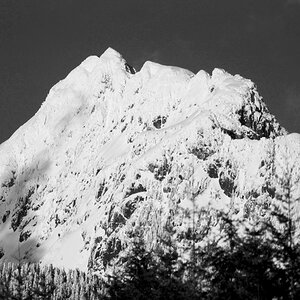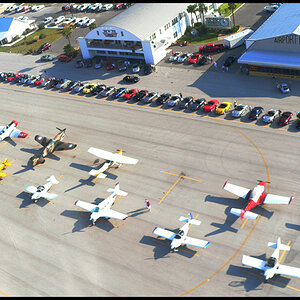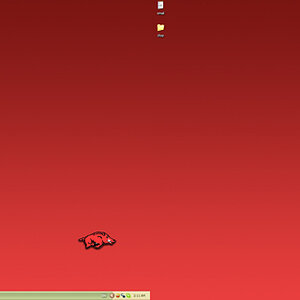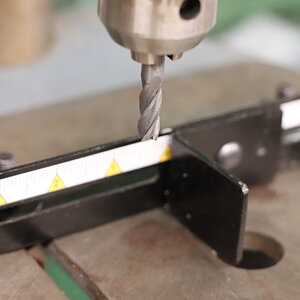- Joined
- Sep 2, 2005
- Messages
- 14,455
- Reaction score
- 3,328
- Can others edit my Photos
- Photos OK to edit
Do you mean just filling up a memory card and not deleting the shots after transferring to a computer? Just keeping it and starting fresh again? I can't see any good reason to do that.
My wife likes to keep photos on her cards, "So she can show people the shots" when she has her camera with her. I've tried to explain that she is wasting space and she can show anyone anything she has if she would just put them on her facebook or flickr and use her phone. It's like talking to a wall.
Lol!!! I've talked to people like this and "talking to a wall" is EXACTLY what it's like.
To op... This approach makes neither technical or financial sense. If there's a good argument for it, I'd love to hear it because I certainly can't think of one.


 Why
Why




![[No title]](/data/xfmg/thumbnail/38/38261-db20f6f92ee8f0d4c5cf1536e308638b.jpg?1619738546)
![[No title]](/data/xfmg/thumbnail/32/32806-e16129723fd659a65a21d27ec96c2637.jpg?1619735667)




